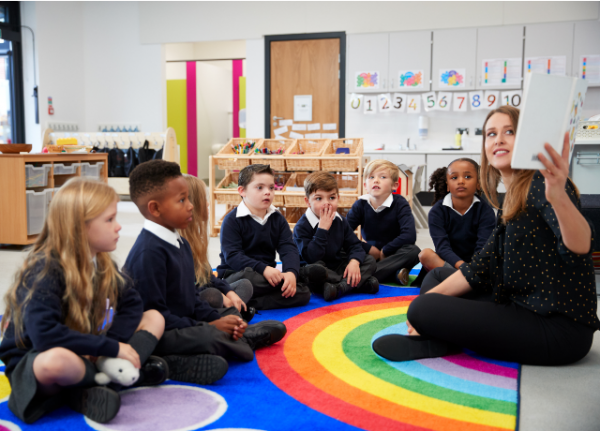Match the activities to the level of your pupils
You’ll no doubt have children of all kinds of abilities and strengths within your class. So, that means that they’ll all require different levels of difficulty in order to properly stimulate and engage them. It’s easy to dissuade pupils from participating in a lesson if the work they’re provided with is too hard or too easy, so it’s really important to ensure that your students are being set work that matches their abilities.
One practical way of ensuring that all your pupils are sufficiently challenged is to use both an easy and more difficult task sheet when preparing a lesson. For example, if you’re teaching multiplication, print out two separate task sheets, one with single digit equations (easier) and one with bigger number equations (more difficult). By doing this, you provide your pupils with the option to choose which one best suits them.
Take regular brain breaks
It’s generally agreed that a 5 year old can concentrate for around 10-15 minutes at best by psychologists that study primary school aged children, whilst a child of 11 is likely to manage a maximum of 25 minutes. Obviously, that’s not a lot of time for productive work, so it’s worth incorporating a brain break strategy as part of your lesson plan. But what exactly does that entail? Well, after about 20 minutes of study, take a break; do a couple of minutes of energetic exercise (e.g. running on the spot, jumping up and down), sing a short song, or something similar, as this will increase the level of oxygen going to the brains of your pupils, which helps to stimulate thinking.
Praise effort, not just talent
Your pupils will make links in their minds between putting effort into a task and receiving recognition. It’s one thing for them to be naturally gifted in a subject, but a student who receives recognition for putting a great amount of effort into something they might not be particularly good at gets a huge lift, and this therefore encourages them to engage with a subject.
Praise and recognition are motivators that pupils really engage with, so if you want to nurture a sense of motivation and focus in your students, it can be highly effective to switch the subject of your praise from attainment to effort - i.e. rewarding students for making an attempt at answering a question, not only when they get it correct.
These are just a few of the engagement techniques that we’ve picked up over the years here at EPSL, and we’re sure you’ve got some more of your own! Regardless of the strategies you choose to adopt though, engaging teaching requires engaging equipment. We know all about the importance of that, which is why we supply a huge range of school exercise books, personalised exercise books, and supplementary reading material, so that you and your class have everything you need to achieve an exemplary learn take a look through what we’ve got available on our site - and if you have any questions, feel free to give us a call on 01254 686 500. We’re always happy to help!









